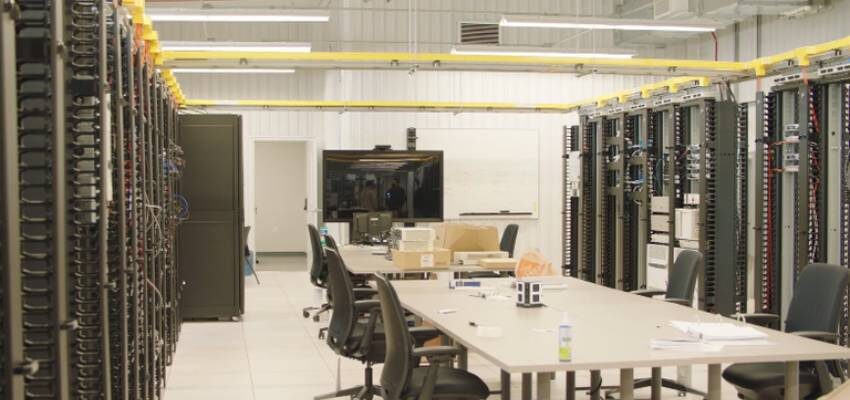SRP’s utility technology innovation laboratory becomes fully operational
The lab aims to enhance reliability through improved testing, training and efficiencies across power operations teams.

Image source: T&D World
USA, Arizona, Scottsdale: The lab aims to enhance reliability through improved testing, training and efficiencies across power operations teams.
Cross-department collaboration, technician and engineer training, tabletop exercises and state-of-the art utility technology testing are some of the value-added capabilities SRP has as part of its new Technology Innovation Laboratory in Scottsdale. Developments coming out of the lab are expected to improve power reliability by focusing on technology that enhances aging infrastructure and results in fewer and shorter customer outages.
The construction of the lab was completed in summer 2020 and it became fully operational in April 2021. When the pandemic-related restrictions are lifted, the lab will be able to accommodate up to 72 people at any given time. The 501 m2 (5400 sq. ft.), lab is modelled on SRP’s control house at its Kyrene 230 kV substation. Perforated interior walls and ceiling panels to dampen sound, interior lighting colour and intensity to reduce eye fatigue, and windows to let in natural light are some design elements used in the lab to make it conducive for everyday work.
“It is such a tremendous development because three of SRP’s disparate labs melded together to become one cooperative space with so much more functionality,” said Kyle Cormier, Director of Telecommunication Systems, SRP. “Separation can stifle opportunity to find efficiencies. Working together, researching and testing new solutions means we will come to realizations quicker, find improved ways to communicate and ultimately enhance SRP’s system reliability.”
The lab provides a combined space for SRP employees and contractors who work across a number of its power operation functions with key departments, including Telecom Systems; Distribution Integration; Distribution Operations; Protection, Automation & Control; Power Delivery Engineering; and Power Delivery Technology Services.
Source: T&D World




